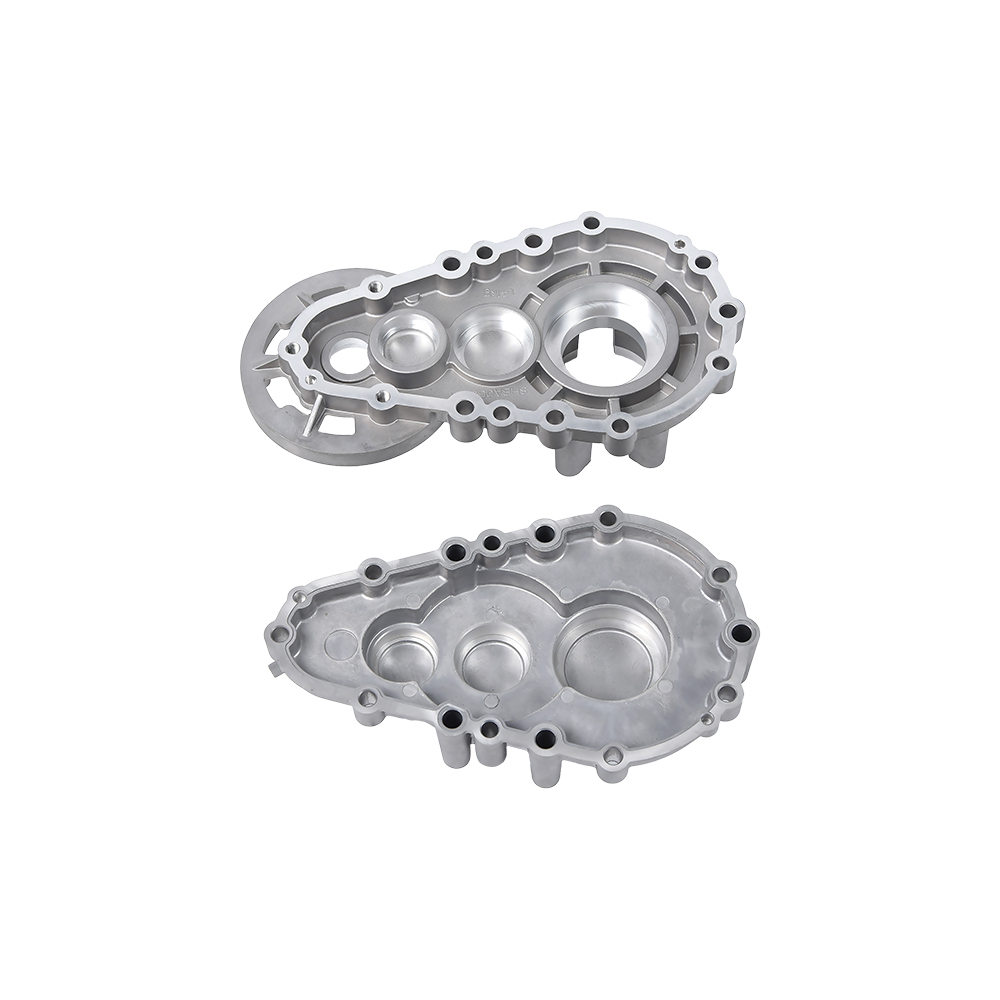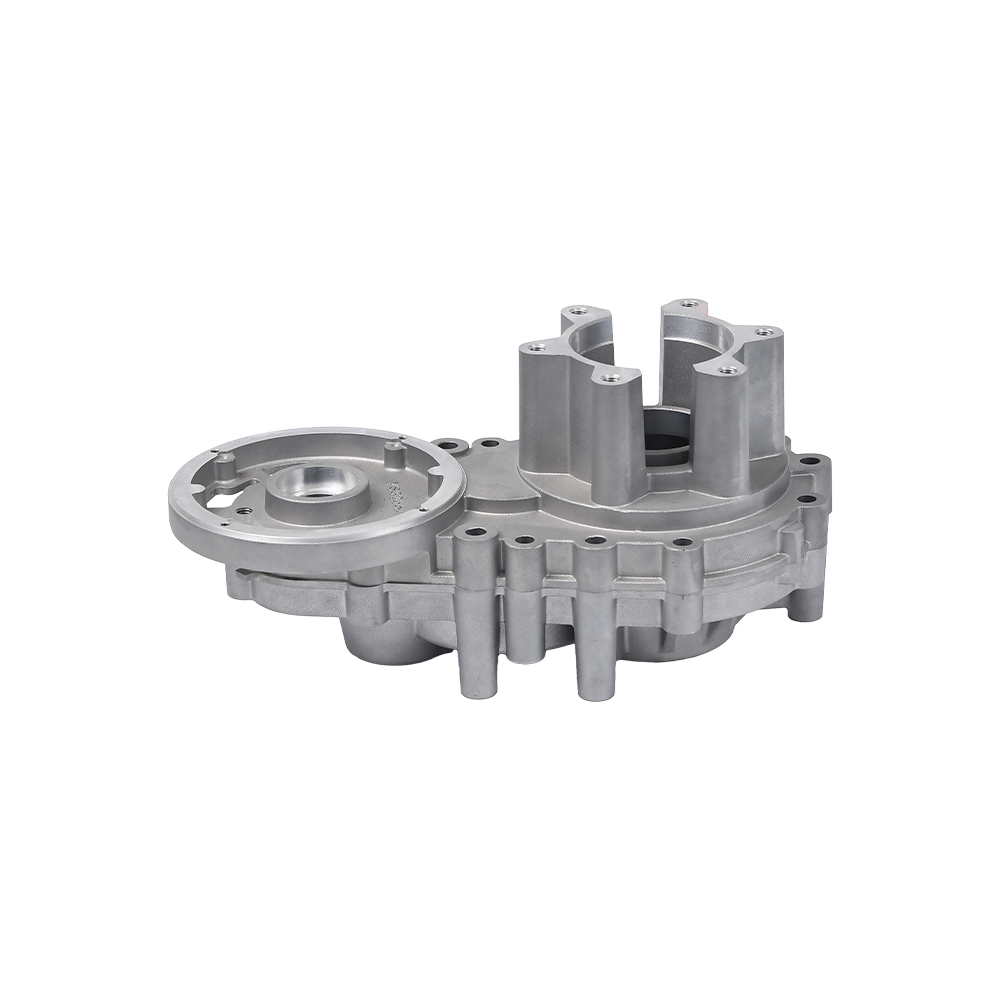Aluminum die-casting can be used to produce complex engine cylinder blocks and heads, especially in the trend of lightweight development in automobiles, where the application of aluminum alloy die-casting parts in engines is becoming increasingly widespread. The following is a point by point introduction:
1. Strong forming ability with complex structure
Aluminum die-casting technology is suitable for manufacturing parts with complex geometric structures, large wall thickness variations, internal cooling channels, and reinforcing ribs. The engine cylinder block and cylinder head typically have multiple oil passages, water channels, and screw hole structures, and aluminum die-casting can be formed in one go, reducing subsequent welding or assembly steps.
2. Reduce weight and improve fuel efficiency
Compared to traditional cast iron materials, aluminum alloy has a lower density and can significantly reduce engine weight, which is beneficial for improving the fuel economy and power response performance of automobiles and meeting the demand for lightweight in modern cars.
3. High dimensional accuracy and good repeatability
Aluminum die-casting technology is suitable for large-scale production, ensuring consistent size and high precision of each cylinder block or head, facilitating standardized assembly and subsequent processing, and improving production efficiency.
4. Good heat dissipation performance
Aluminum alloy has excellent thermal conductivity, which helps to quickly dissipate heat during engine operation, thereby controlling the thermal expansion and fatigue of the cylinder block and cylinder head, and improving the stability and service life of the engine.
5. High quality molds and process control are required
Due to the high requirements for strength, sealing, and airtightness of the cylinder block and cylinder head, aluminum die casting has put forward higher requirements for mold accuracy, pouring system design, and die casting parameter control (such as pressure, temperature, cooling time) when applied to such parts.
6. Usually requires post-processing and local precision machining
Although die-casting parts have high precision, key parts of the cylinder block and cylinder head (such as cylinder holes, threaded holes, sealing surfaces, etc.) still need to be machined to ensure the final fitting accuracy and airtightness.

 English
English русский
русский Español
Español










